Description
Pressure transmitters are critical instruments used in various industrial applications to accurately measure and transmit pressure readings for monitoring and control purposes. These transmitters are available with different connection ends, including Male National Pipe Thread (MNPT), flanged, and Tri-clamp sanitary connections, each offering unique advantages and suitability for specific applications.
MNPT Connection:
Pressure transmitters with MNPT connections feature male threads designed to be screwed into female-threaded pipes or fittings. This type of connection provides a secure and leak-proof attachment, making it suitable for applications where a reliable seal is essential. MNPT connections are commonly used in industrial settings where process lines are outfitted with NPT fittings for easy installation and maintenance. Pressure transmitters with MNPT connections are versatile and compatible with a wide range of piping systems, offering flexibility in installation and ensuring a tight seal for accurate pressure measurement.
Flanged Connection:
Pressure transmitters with flanged connections feature flat, circular discs with holes for bolting onto flanged pipes or equipment. Flanged connections provide a sturdy and stable attachment, ideal for high-pressure applications where secure mounting is crucial. The bolted flange connection ensures a tight seal, preventing leaks and maintaining pressure integrity. Flanged pressure transmitters are commonly used in industries such as oil and gas, chemical processing, and power generation, where reliable and robust connections are required. The flange design allows for easy installation and removal of the transmitter, facilitating maintenance and calibration procedures.
Tri-clamp Sanitary Connection:
Pressure transmitters with Tri-clamp sanitary connections are designed for hygienic applications in industries such as food and beverage, pharmaceuticals, and biotechnology, where cleanliness and sterility are paramount. The Tri-clamp connection consists of a sanitary gasket and clamp that securely seal the transmitter to sanitary process equipment without any crevices or threads that could harbor contaminants. This connection type ensures easy disassembly and cleaning for applications requiring frequent sterilization and product changeovers.
In summary, pressure transmitters with MNPT, flanged, and Tri-clamp sanitary connections offer versatile solutions for a wide range of industrial applications, each with its unique benefits in terms of installation ease, reliability, and suitability for specific industry requirements. Selecting the appropriate connection type is crucial to ensure optimal performance, longevity, and safety of pressure measurement systems in various industrial processes.
Q&A
A Q&A, or Question and Answer session, is a common format used to exchange information and address specific queries related to a particular topic. In the context of pressure transmitters, a Q&A session could involve individuals asking questions about the functioning, installation, calibration, troubleshooting, and other aspects of pressure transmitters.
In a Q&A, experts or knowledgeable individuals provide answers to these questions and share insights, best practices, and technical knowledge related to pressure transmitters. This can help attendees gain a better understanding of pressure transmitters and address any concerns or uncertainties they may have.
Q: What are industrial Q&A pressure transmitters?
A: Industrial pressure transmitters are instruments used to measure and transmit pressure readings in various industrial applications. They are commonly used in process control systems to monitor pressure levels in tanks, pipelines, and other vessels.
Q: How do industrial pressure transmitters work?
A: Industrial pressure transmitters typically use a sensing element, such as a diaphragm or piezoelectric crystal. They are used to convert the physical pressure applied to it into an electrical signal. This signal is then amplified and processed by the transmitter electronics before being output as a standardized signal. This signal can be a 4-20 mA or digital communication protocols like HART, Modbus, or Profibus.
Q: What are some common types of industrial Q&A pressure transmitters?
A: Some common types of industrial pressure transmitters include absolute pressure transmitters and gauge pressure transmitters. Also used are differential pressure transmitters, and vacuum pressure transmitters. Additionally, they can be classified based on the sensing technology such as strain gauges, capacitive sensors, piezoresistive sensors, and optical sensors.
Q: What are some factors to consider when selecting an industrial pressure transmitter?
A: Factors to consider when selecting an industrial pressure transmitter include the type of application, the range, and accuracy. When the use of pressure measurements is required, the environmental conditions, the process media compatibility, the output signal requirements, and the level of electrical noise in the system.
Q: What are some common applications of industrial pressure transmitters?
A: Industrial pressure transmitters are used in a wide range of applications such as oil and gas, chemical processing, and water treatment. They can also be used for power generation, and food and beverage production. Also, particularly useful in process control systems for maintaining consistent pressure levels. They are also used for detecting leaks and preventing equipment damage due to overpressure.
Q: How are industrial pressure transmitters installed and maintained?
A: Industrial pressure transmitters can be installed in various configurations, such as in-line, flanged, or threaded connections, depending on the application requirements. They need to be properly calibrated and zeroed before installation to ensure accurate readings. Maintenance involves periodic inspection, cleaning, and recalibration to ensure proper functioning.
Q: What are some benefits of using industrial pressure transmitters?
A: Using industrial pressure transmitters can offer several benefits, including accurate and reliable pressure measurements. They also have remote monitoring capability, improved process control and efficiency, and reduced equipment downtime. Furthermore, maintenance costs, and improved safety by preventing overpressure incidents.
Q: Can industrial pressure transmitters be used in hazardous environments?
A: Yes, some industrial pressure transmitters are designed for use in hazardous environments and are certified. They comply with various safety standards, such as ATEX, FM, and CSA. These transmitters are made with explosion-proof housings and intrinsically safe electronics to prevent sparks and fires in potentially explosive atmospheres.
Q: How do industrial pressure transmitters differ from other types of pressure sensors?
A: Industrial pressure transmitters differ from other types of pressure sensors, such as pressure switches or gauges. Pressure sensors can provide continuous, real-time pressure readings and can transmit the signal over long distances. They also typically offer higher accuracy and reliability and can be integrated with process control systems for automated pressure control.
Buy
Pressure Transmitters
Only logged in customers who have purchased this product may leave a review.

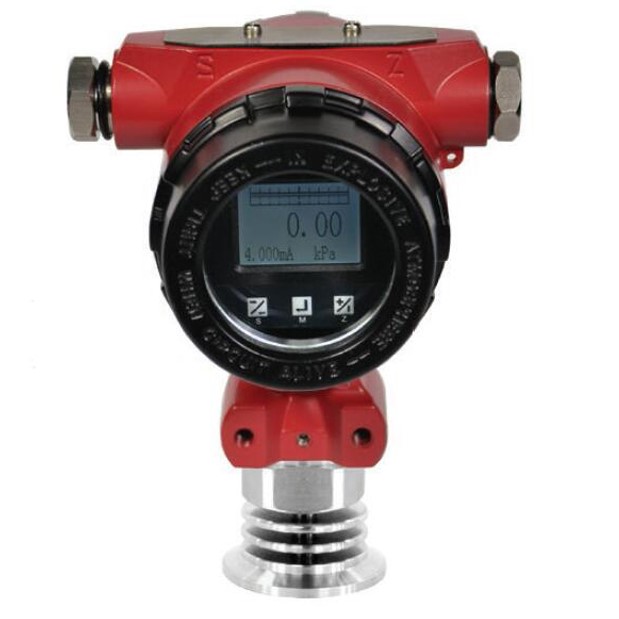
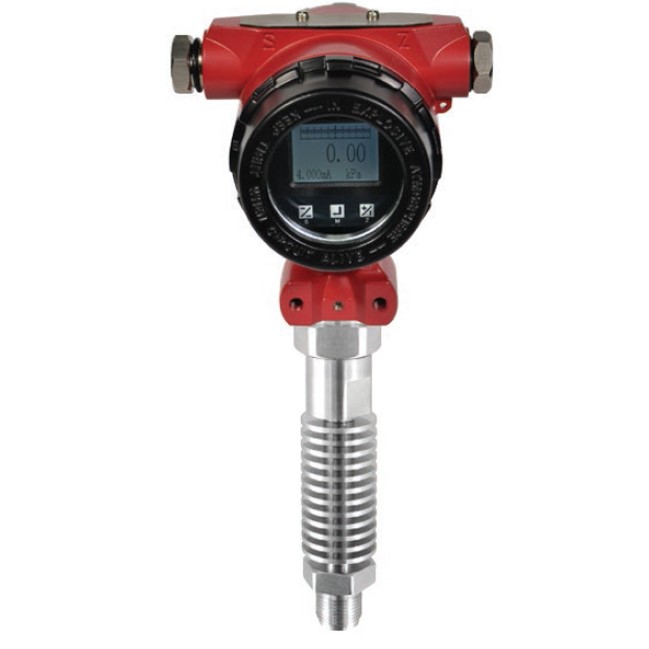
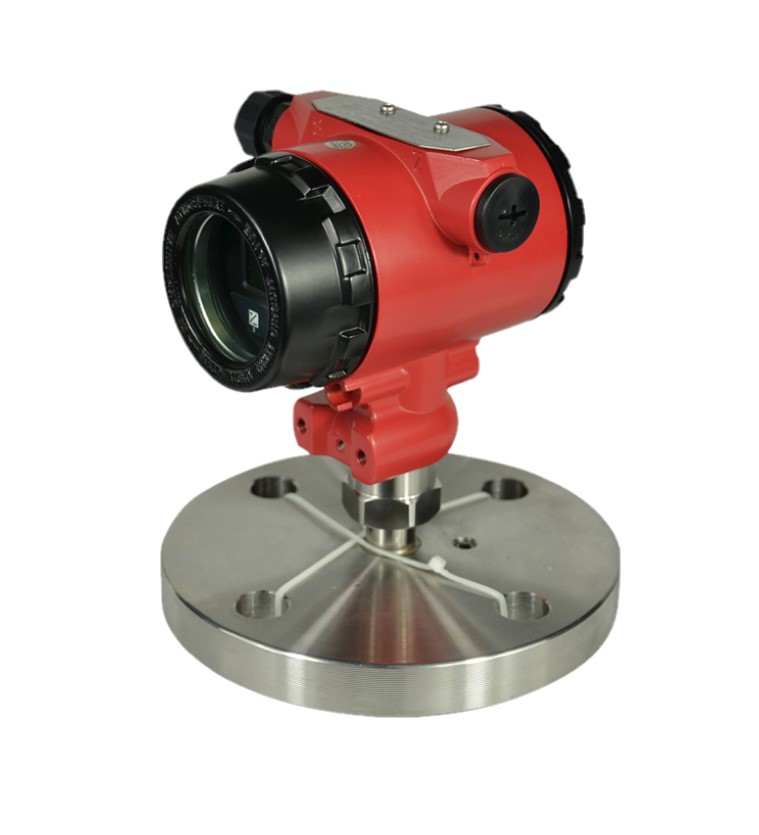
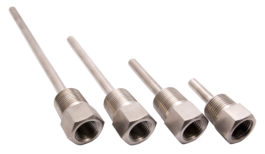
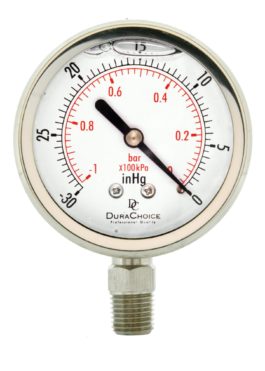
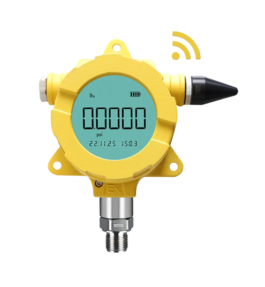
Reviews
There are no reviews yet.